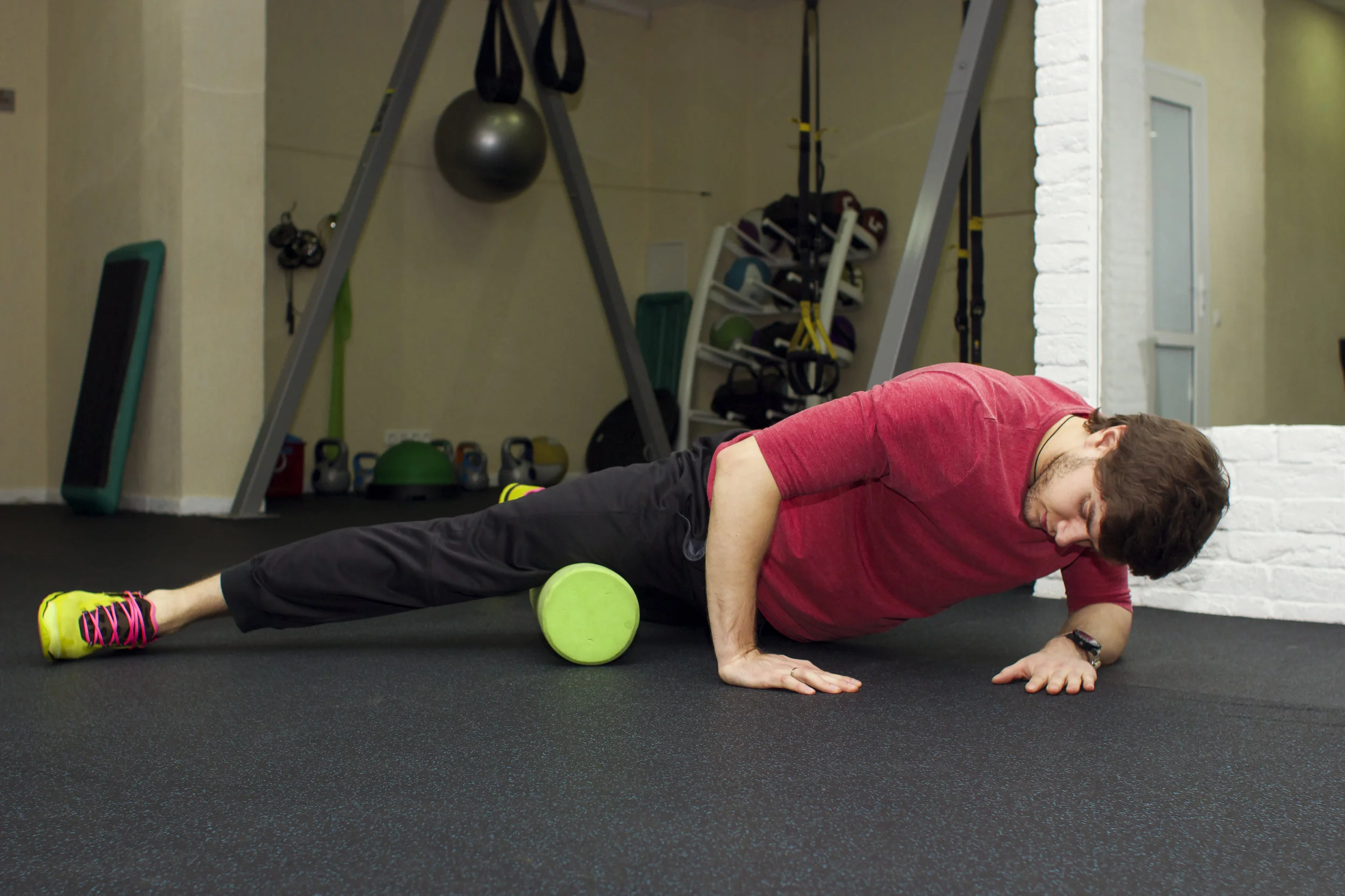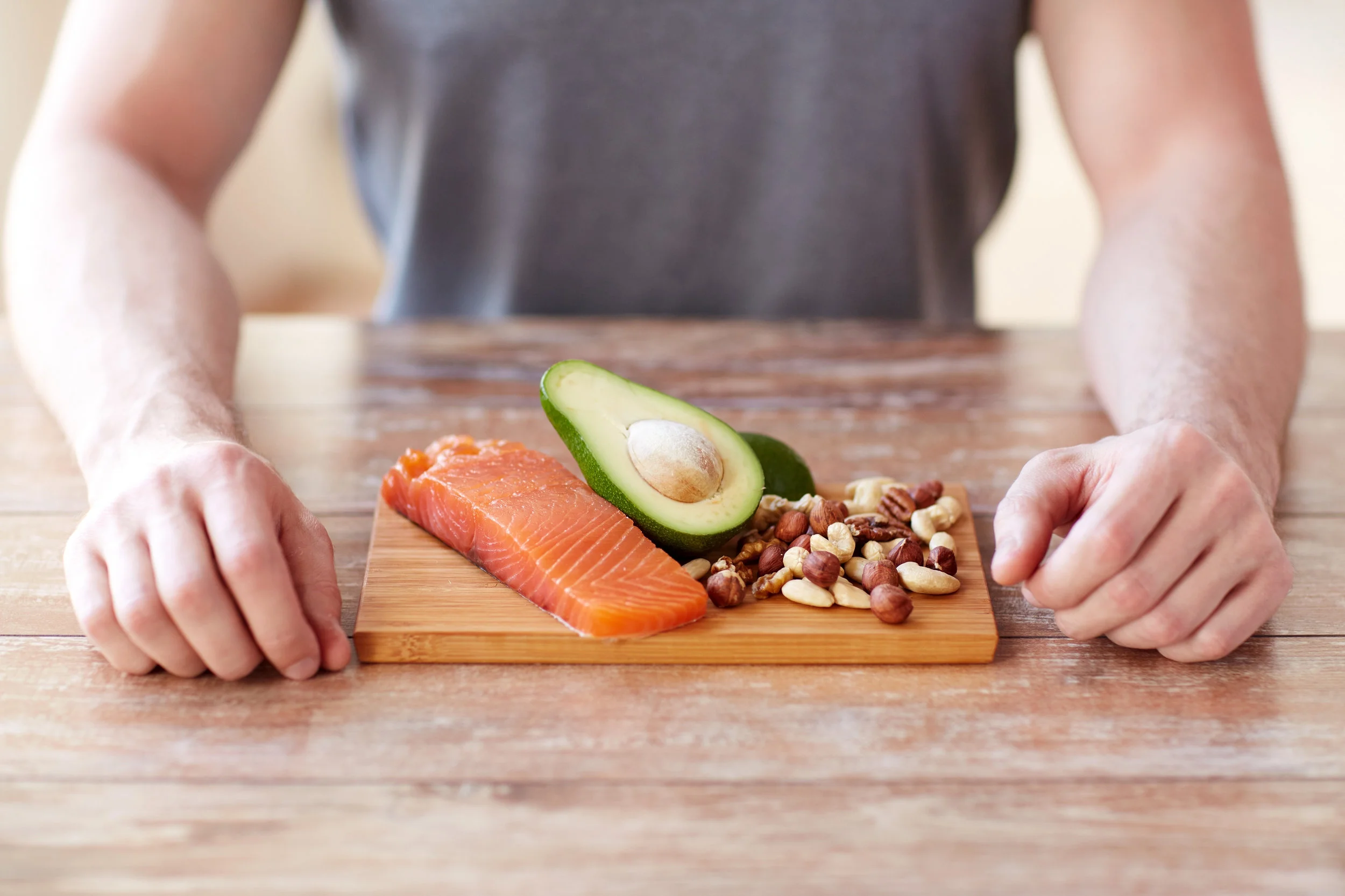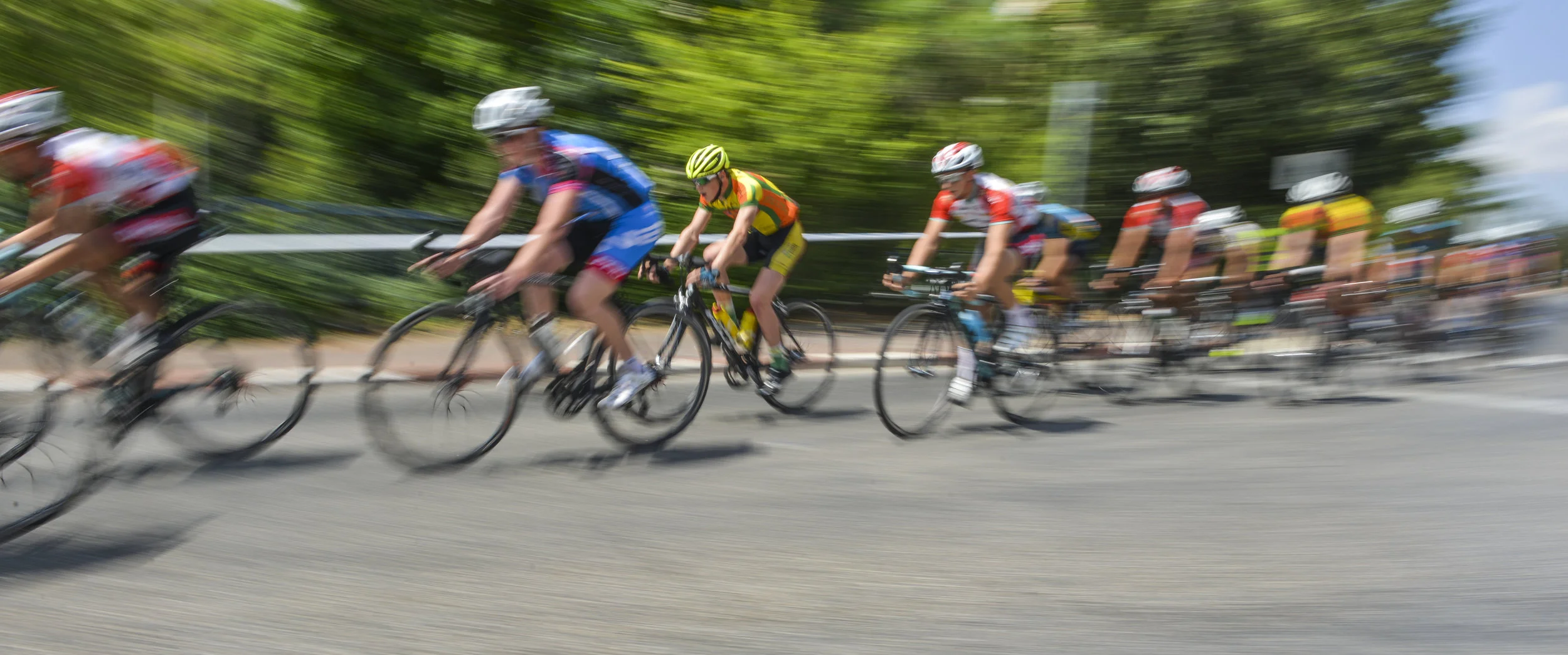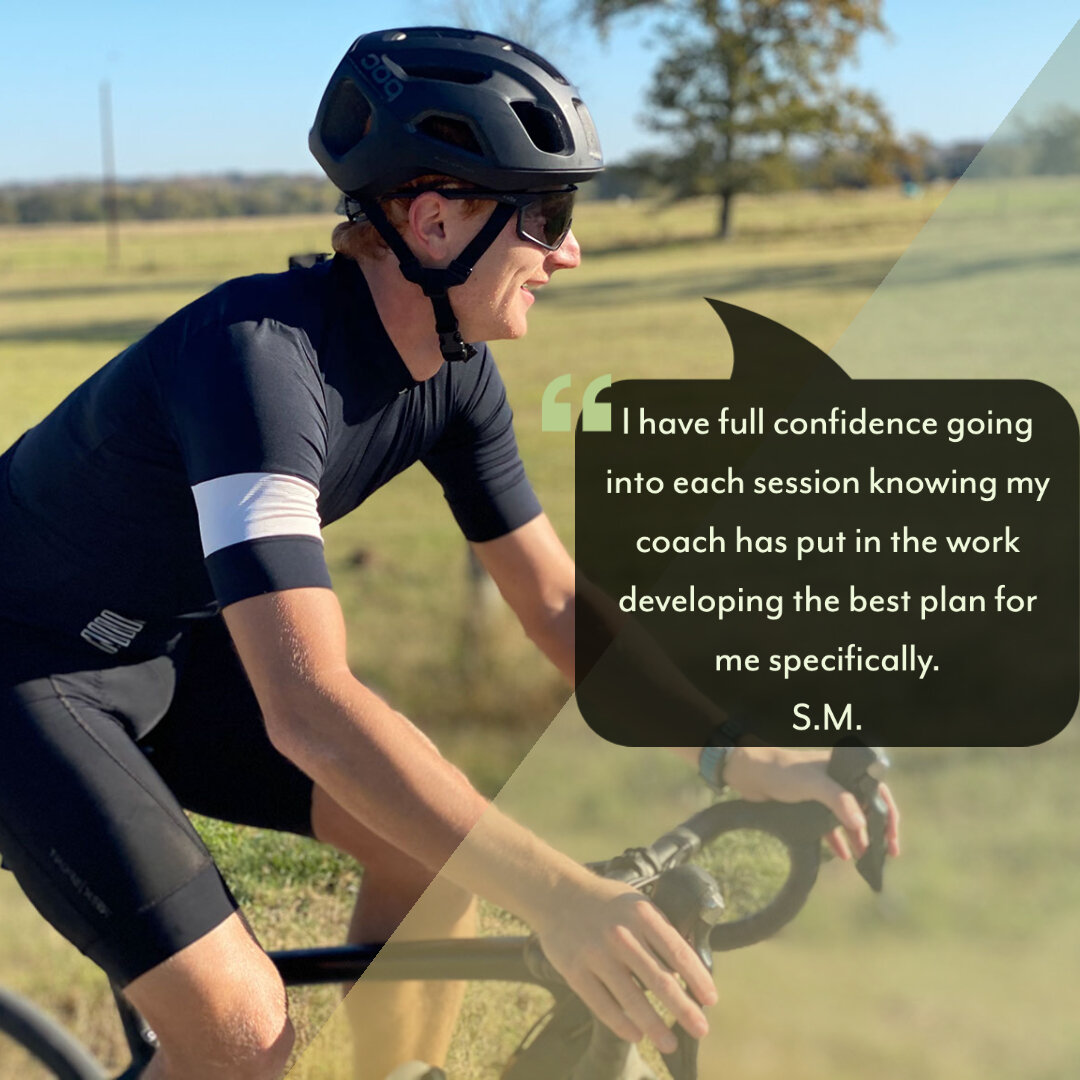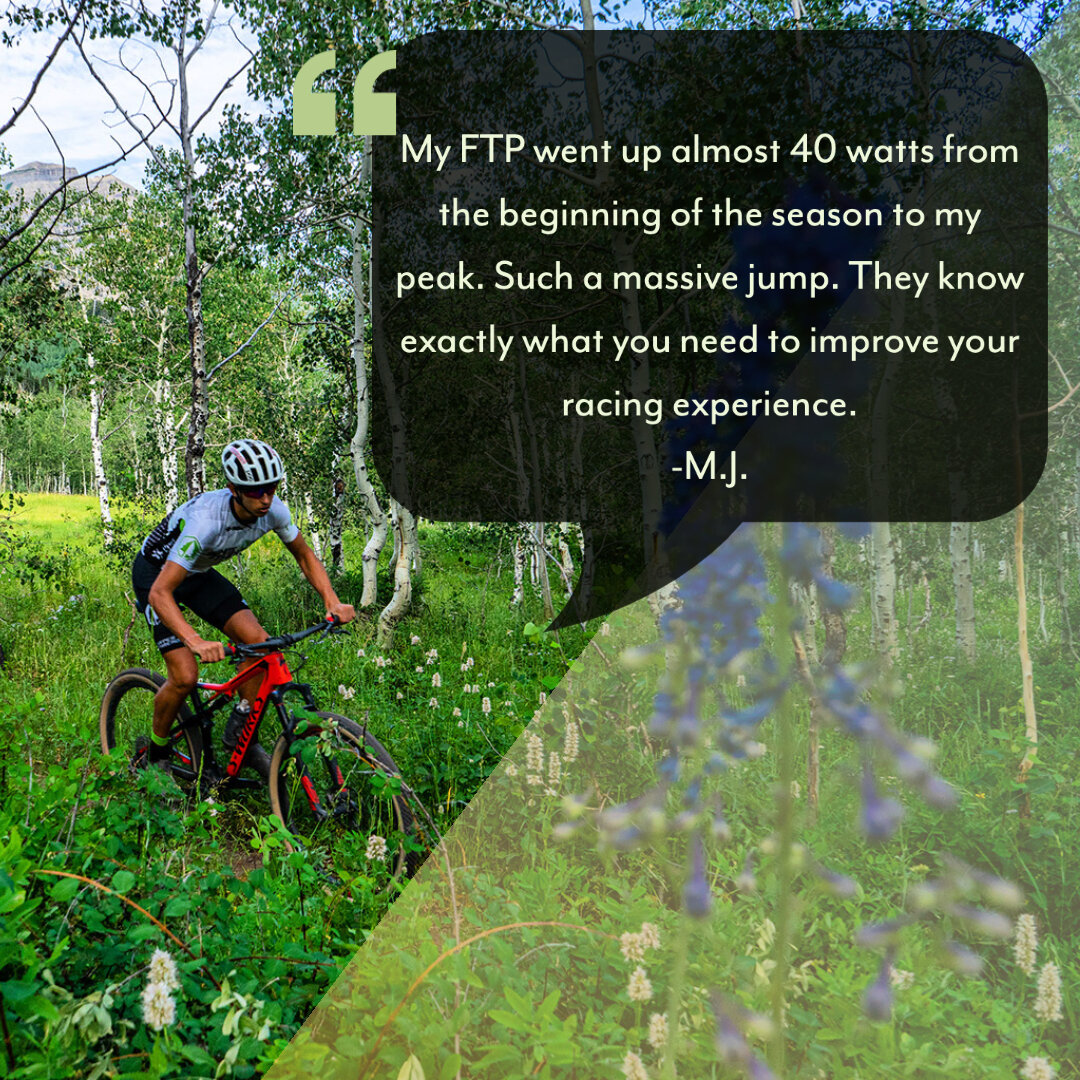As an athlete, I have trudged my way through many, many injuries: finger injuries, sprained ankles, broken bones, you name it… But, the injuries that were most common, and sadly the most preventable, were those due to my lack of mobility and flexibility: injuries such as hyperextensions, back issues, hip pain, and even minor muscle tweaks…All of these were due to my lack of mobility, not my lack of strength.
Not All Athletes Should Be Eating The Same
We’ve all heard the viral celebrity “diets” - think of Olympian Michael Phelps, who boasted of consuming upwards of 8,000 calories per day, Usain Bolt’s binge of Chicken McNuggets, Dwayne “The Rock” Johnson’s fish and egg feasts, or the Los Angeles Lakers’ obsession with bone broth. If we blindly follow one of these high-profile “endorsed” diets, it’s completely likely we could find ourselves fatter, slower, and fatigued through our training and competitive seasons. But why could one diet work so well for one athlete and completely unravel another?
12 Steps to Prepare for Your First Gran Fondo
Anti-Inflammatory Foods
Why Strength Training is Essential for Weight Loss
Why Athletes Need Mobility Training
As an athlete, I have trudged my way through many, many injuries: finger injuries, sprained ankles, broken bones, you name it… But, the injuries that were most common, and sadly the most preventable, were those due to my lack of mobility and flexibility: injuries such as hyperextensions, back issues, hip pain, and even minor muscle tweaks…All of these were due to my lack of mobility, not my lack of strength.
RUFA 12-hour 2017
I either have the worst friends or the best, but late one night fellow White Pine athlete Jennilyn was texting me about a timed trail running event that amounts to summits of Mt Grandeur on a fairly steep and snow covered trail just outside of Salt Lake City. 15 minutes later, I signed up to run repeats for 12 hours on the 6 mile out and back with 2600 ft of gain… in the winter… in the Wasatch.
